Author: Sage Gray (Page 1 of 2)
Throughout all 3 phases, I’ve learned to look at colors in greater depths I never knew were possible to reach. Like any muscle, the eye can be trained as well. I’m glad I have learned this skill and will continue to develop it into various layers that will open doors for my creativity and bring great success when I’m out in the graphic design world. Thank you professor!
Article:
Through my reading I have found Josef Albers to be a man of wonder and mystery with profound understanding and an ever-lasting fascination towards color.
- Albers not only made numerous contributions to graphic design but gave the world perspective on how to view colors in depth.
- According to a piece written on brain pickings , Alber’s book, Interaction of Color provides “illuminating visual exercises and mind-bending optical illusions and remains an indispensable blueprint to the art of seeing.”
- What I found really fascinating was the fact that Albers didn’t have much interest in giving his students the rules of color, but rather provide them with tools to see colors with vision they never knew they had.
- I found a couple of quotes from Albers, that I deeply resonated with which allowed me to connect with him on another level.
- “Easy to know that diamonds are precious. Good to learn that rubies have depth, but more to see that pebbles are miraculous.”
- “A thing is never seen as it really is.“
Both quotes hold truths regarding the capability of our vision and how Albers used his to the greatest of his ability, especially when dealing with color.
Video :
In the video, Anoka Faruqee gives an excellent presentation on color interaction. She proceeds to comparing a myriad of colors, ultimately deceiving her audience (and myself included).
- At one point, there were two boxes of the same shade of pink (or so I thought), that are both surrounded with different colored backgrounds.
- The removal of each background diminished the illusion, revealing that while one box was indeed pink, the other was actually blue.
- Later in the video, Faruqee mentions Alber’s teachings of optical color mixture, explaining that when bits of color are small enough and closer together our eyes will optically mix the two (or more) colors.
- In this instance there were two brick walls made of the same shade of red but the black mortar made the red seem darker while the white mortar on the opposing wall makes the overall picture seem lighter.
- I also learned that color can change in accordance to lighting conditions, i.e., low light which rids a painting of contrast while harsh lighting highlights it.
- Other painters before Alber’s time were mentioned for their use of color interaction in their works as well. One painter, Edward Degas defined painting with the following quote:
- “Painting is the ability to surround a Venetian red so it looks like a Vermilion“.
The yellow tint starting from the middle of the flower to its delicate white petals depicts a simple example of tint progression.
This funky colored wig serves as a perfect example of two color progression, as auburn strands slowly turn blonde (or golden).
The glare from the opposite vehicales high-beams provided a coincidental outer space look, naturally providing black to blue shade progression.
h.w. – 93 minutes
- hue and value
- hue not value
- color interactions value in color
- Color interactions
Through this saturated experience, I have learned a great deal not only how to mix colors but to easily detect distinctions between such categories: prismatic, chromatic grays, and prismatic colors. Primary colors don’t require any mixture, giving me the pure vibrant yellow blue red orange and green seen above. By adding white to primary colors aided in the lightening & muting of the color, thus resulting in the rich angelic pastels displayed. And finally, chromatic grays, oh how much paint was wasted. (kidding, but not really!) Though my least favorite experience, due to it being the most challenging, the trial and error made it into more of a game. Mixing bigger portions of complementary colors with primary gave me less lively yet serene tones.
In 1930, Sergei Eisenstein, pioneering filmmaker, released a 20 minute black and white montage film titled Romance Sentimentale (Sentimental Romance). Like the some of his other work, Eisenstein made this with original 35mm film and empathetic intent.
The piece below , After Vice Comes Fornication (1813-1820), was created by romantic painter and print maker, José de Goya y Lucientes with use etching and aquatint.
Similarities :
1. Looks of hopelessness and fear
2. Low-key range of value
3. clear focal points
Differences :
- Goya’s work was printed while Eisenstein’s was filmed.
2. Goya’s setting is on the battle field while Eisenstein has a more romantic, “sentimental” setting
3. Goya’s piece has a dominant subject contrasting with a smaller one while Eisenstein’s doesn’t
3. Eisenstein has a more realistic piece while Goya mixes fantasy with the sad reality of war
Feelings evoked:
- At first glance Goya’s piece brought on feelings of terror, awaiting inevitable tragic fate. Which is how a lot of people battling in the war, and outside of it must have felt. I empathized a great deal with the man getting terrorized by the demon-like creature (and the women he’s hiding behind).
- Eisenstein’s softer piece evoked a feelings of heart ache and confusion. I sensed the subject in the still to feel like she’s not in control of whatever situation she’s in and how desperate for liberation (from that feeling). Perhaps in the same way Eisenstein and his work were “freed from the state’s oversight”.
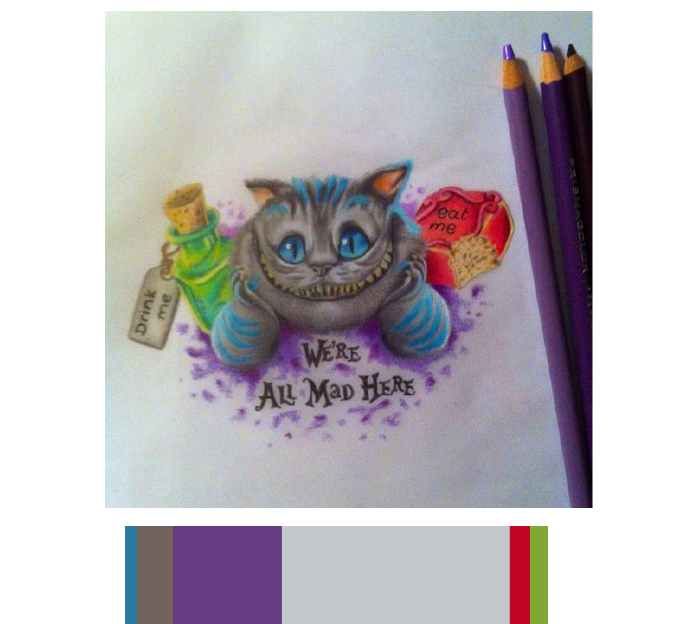
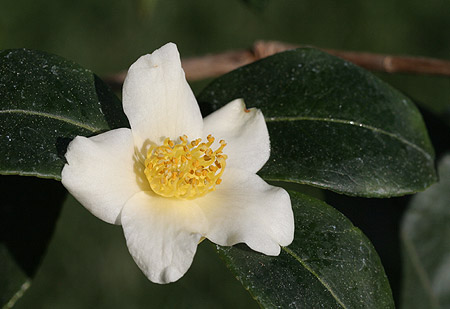
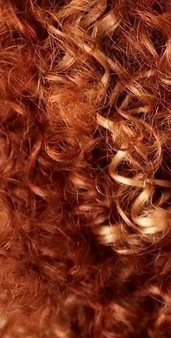




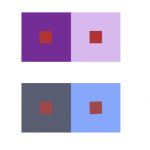

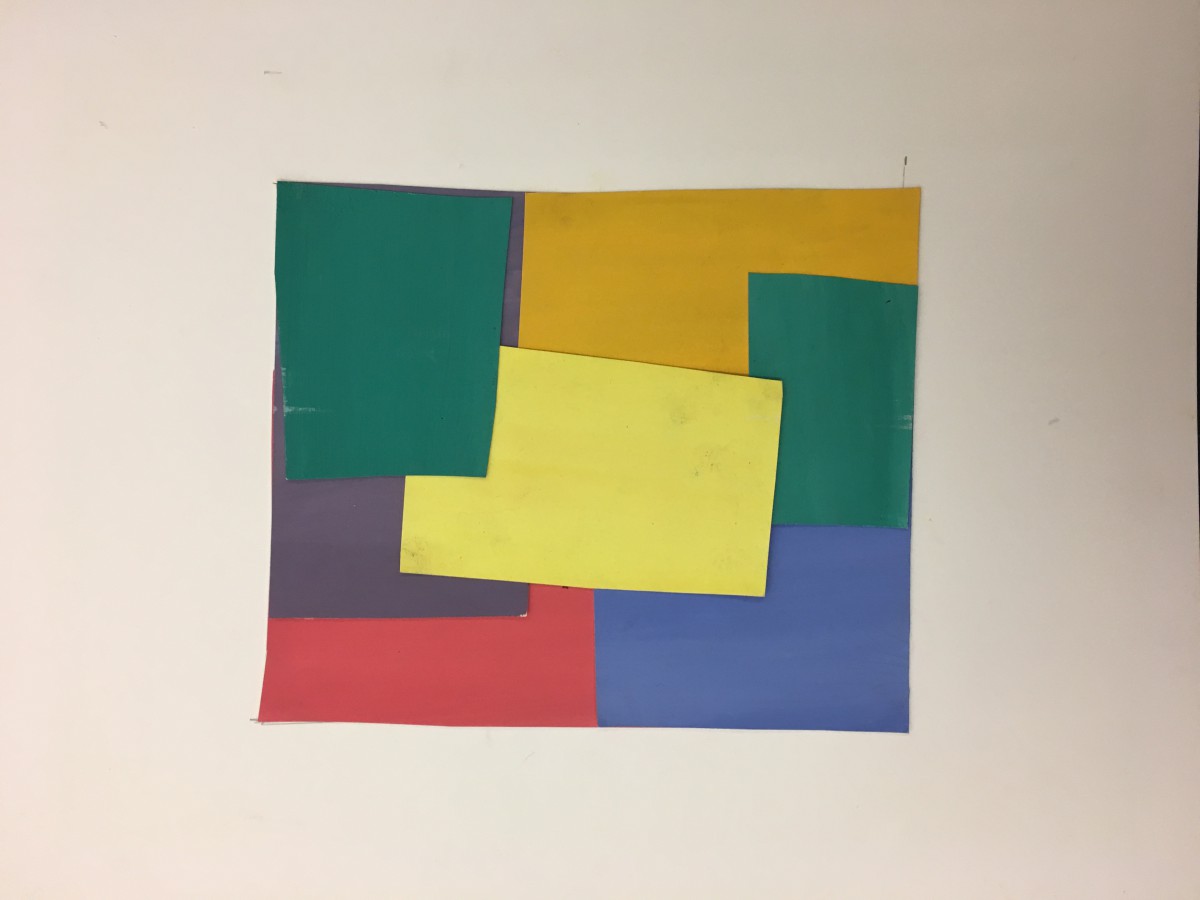
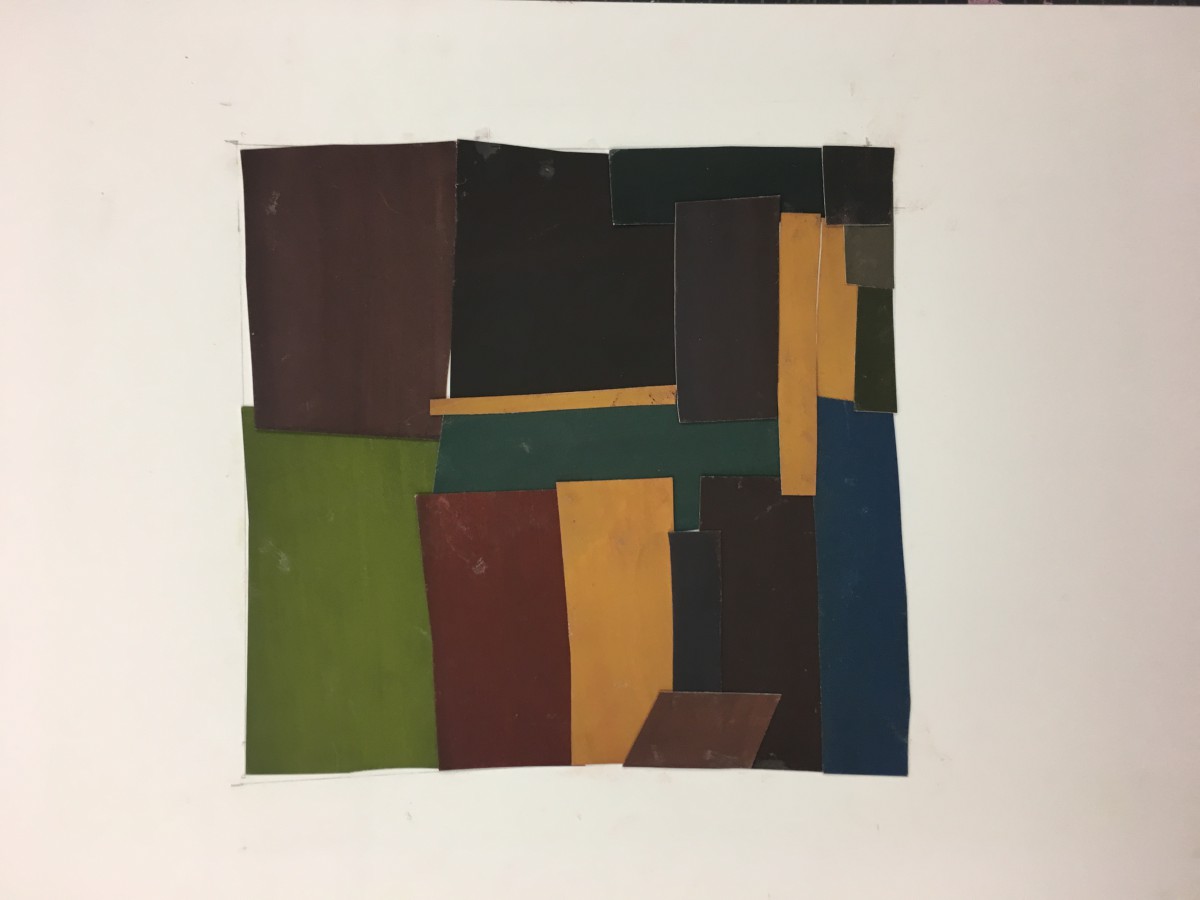
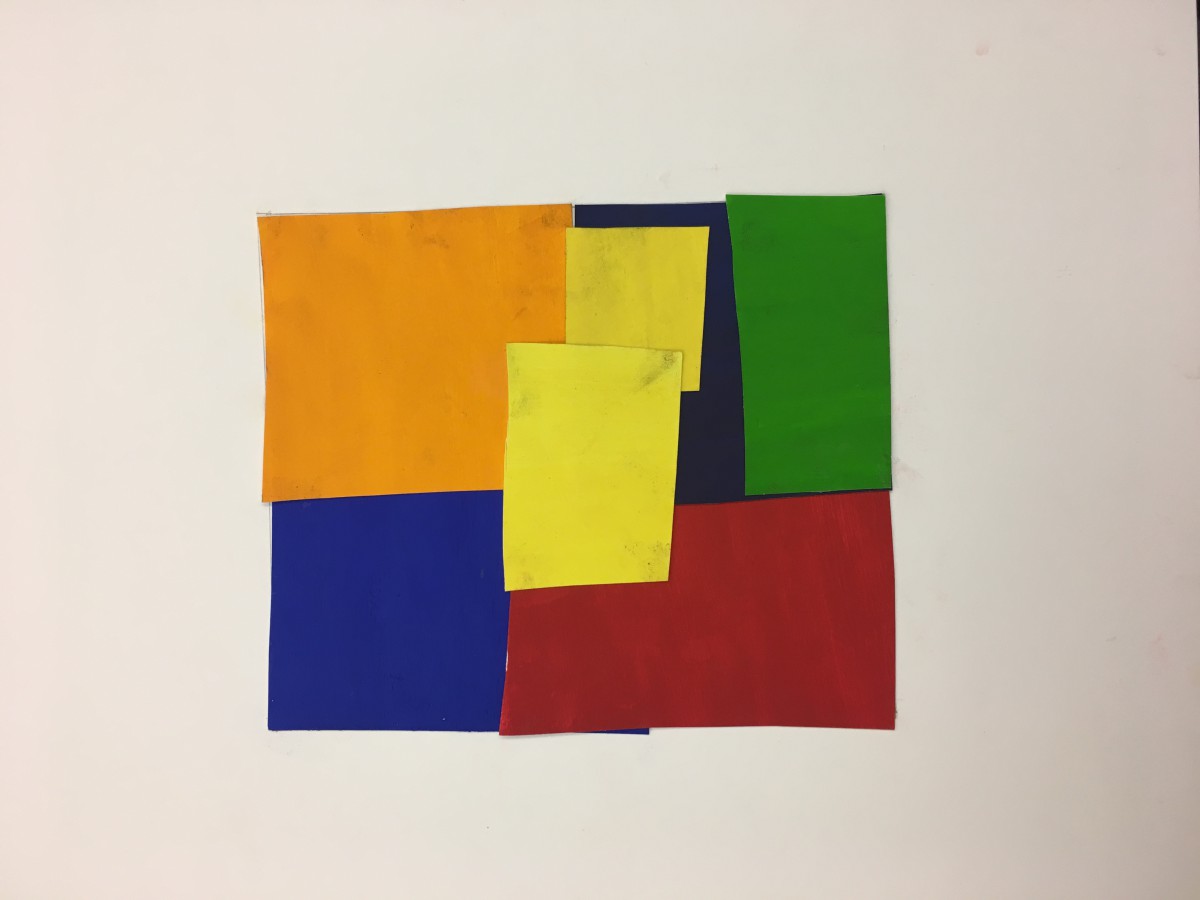
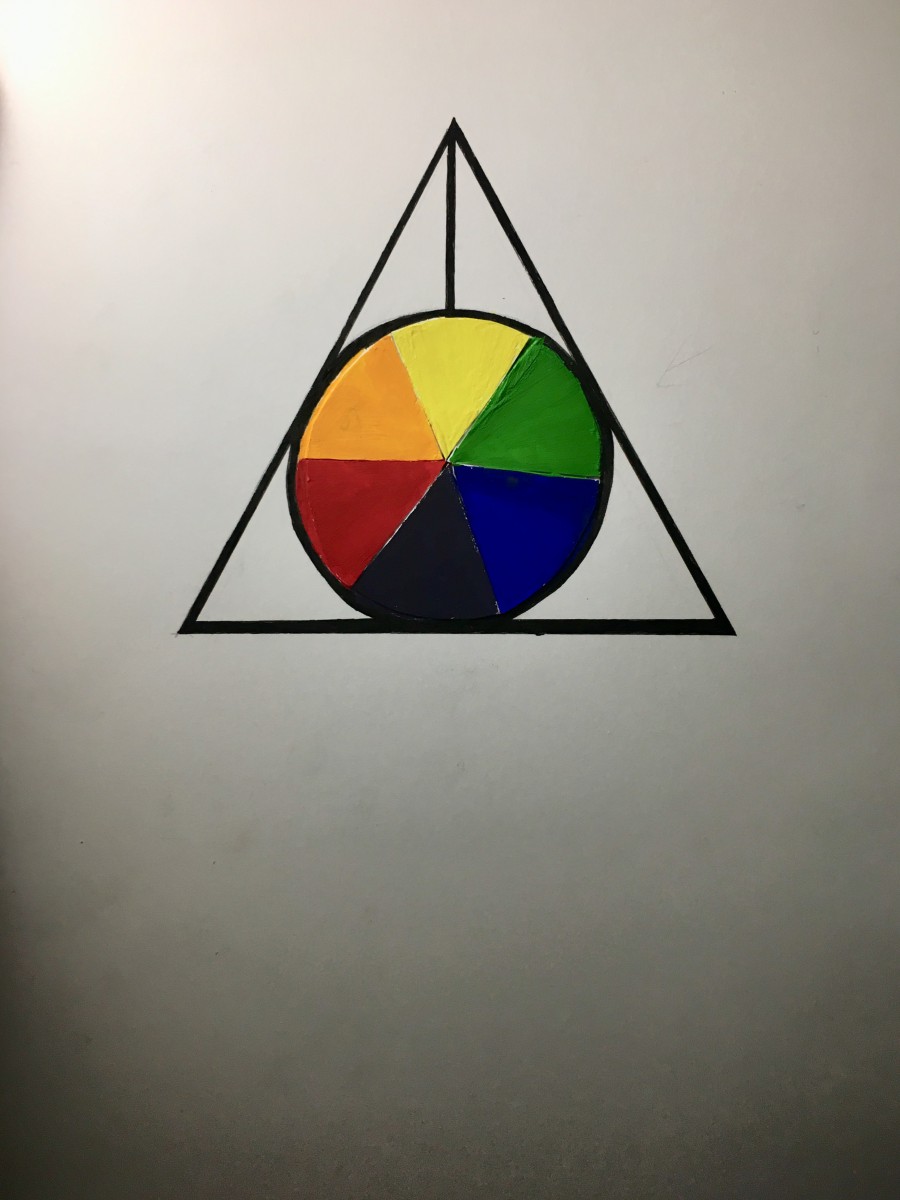
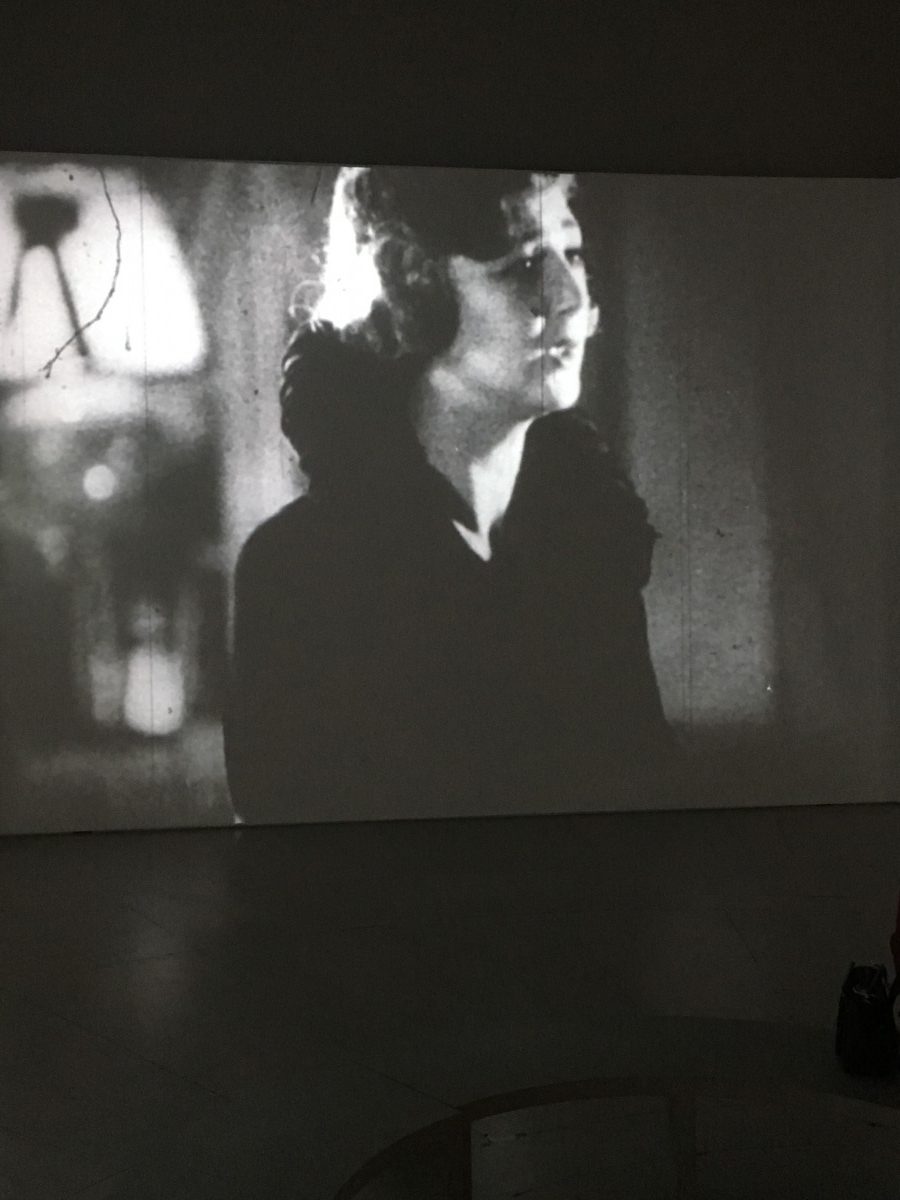

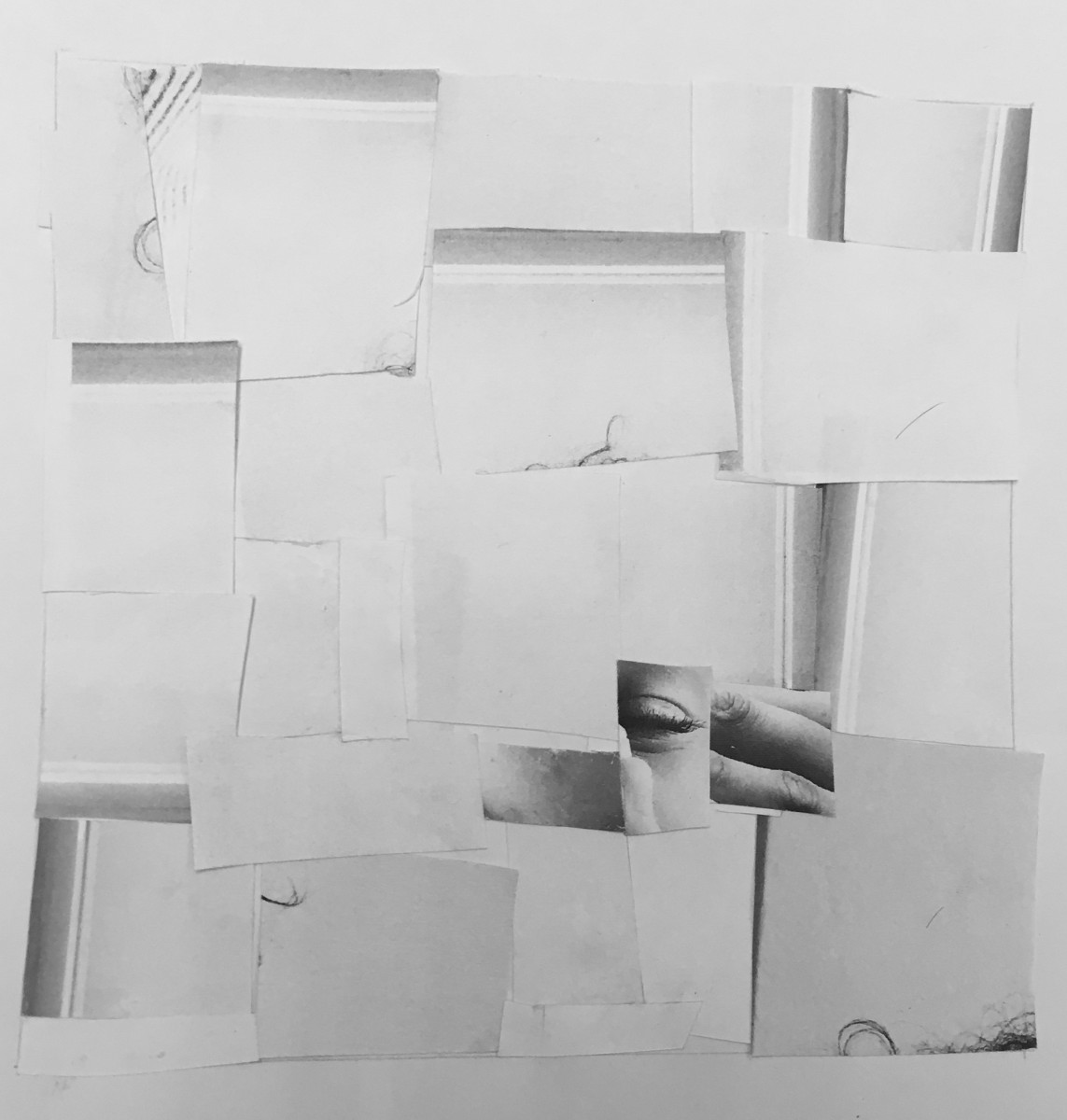
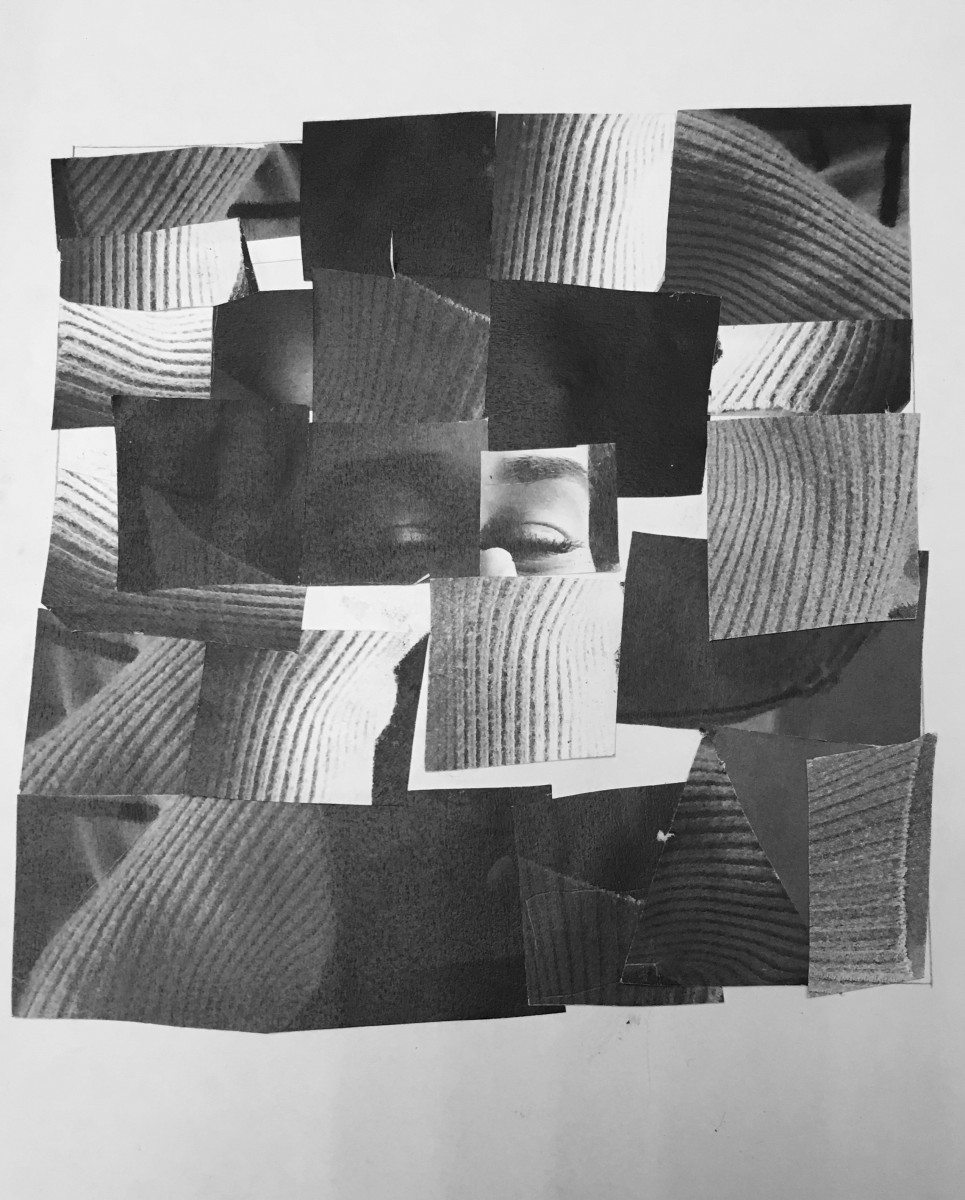



Recent Comments